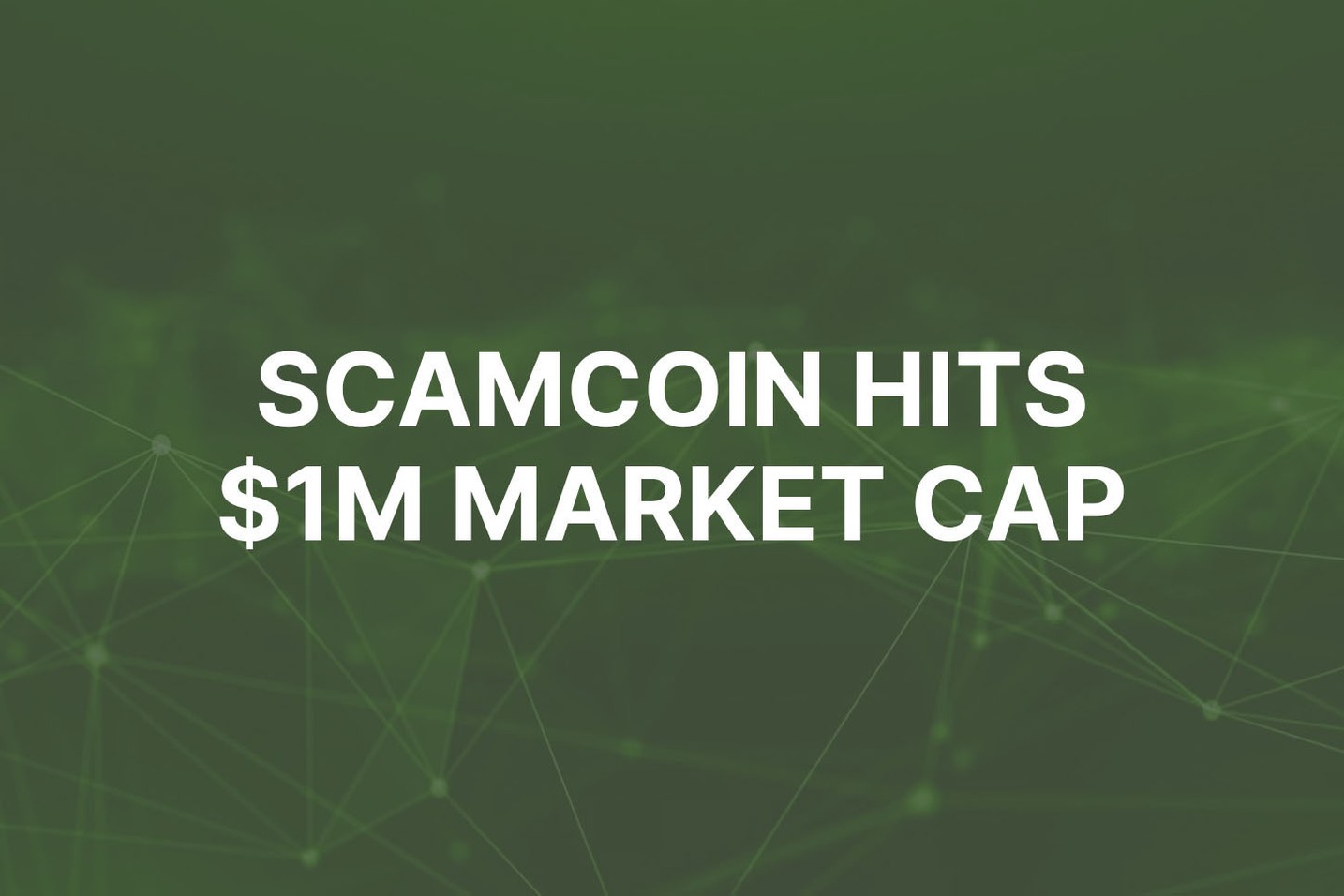Memecoins continue to influence the cryptocurrency market, often fueled by community engagement, viral memes and social media visibility. While many projects emphasize technical ambitions or elaborate roadmaps, Scamcoin (SCAM), a Solana-based token, has branded itself as “the only crypto honest enough to call itself a scam.”
This satirical positioning has helped Scamcoin distinguish itself in a crowded sector. The project has built momentum as both cultural commentary and a community-driven movement by embracing parody and leaning into skepticism.
Market growth since release
Since launching in late August 2025, Scamcoin has achieved $1 million market cap. According to CoinMarketCap, the token started trading at $0.0001894 on Aug. 25, 2025, before reaching an all-time high of $0.001339 on Sept. 18, 2025.
Scamcoin maintains a market capitalization above $1 million with 24-hour trading volumes exceeding $92,000, reflecting some interest from meme coin traders and Solana ecosystem participants.
The token has a fully circulating supply of about 999.95 million, and there are no hidden reserves or future unlocks. Supporters say this transparency sets it apart from many memecoins that retain supply for teams or future funding.
Community as utility
Unlike projects that focus on white papers or development roadmaps, Scamcoin’s value lies in its community. The project treats memes, cultural references and collective identity as its actual value.
Calling a token "Scamcoin" might sound like a weakness. In reality, it removes one of the most significant problems in crypto: fear, uncertainty, and doubt (FUD). People cannot use "scam" as an attack because the project already uses it in its name.
This openness has attracted a strong online community.
On X, hashtags such as #Scamcoin have gained some traction within memecoin circles, with users posting ironic slogans and viral content. On Telegram, Scamcoin's groups have become active hubs where the satirical "scam" identity is celebrated as part of the brand.
Supporters argue this approach allows Scamcoin to avoid overpromising, instead emphasizing humor, creativity and community belonging as drivers of engagement.
Trading on Solana
Scamcoin’s adoption has been aided by accessibility. As a Solana-based token, it benefits from fast transaction speeds and low fees.
The token can be purchased directly in Phantom Wallet, one of the most widely used wallets on Solana. It is also available on decentralized exchanges such as Jupiter and Raydium, where it trades against SOL.
This streamlined process has helped onboard new participants without requiring complex steps.
Position in the memecoin market
Scamcoin’s growth reflects a wider trend in the memecoin space, where cultural relevance often outweighs technical features. While some projects aim to expand into areas such as gaming, NFTs or decentralized finance, others rely on narrative and identity.
By presenting itself as “the scam that admits it,” Scamcoin has positioned itself as satire rather than a utility-driven project. This approach reduces the risk of unmet expectations while offering holders a recognizable identity rooted in parody.
Looking ahead
Scamcoin’s future will depend on whether it can sustain community activity and cultural visibility. Its transparent supply, early price milestones and growing online presence suggest it has secured a niche within the Solana ecosystem.
For traders, Scamcoin represents both a commentary on crypto’s speculative cycles and an unconventional opportunity in the memecoin market.
About Scamcoin
Scamcoin (SCAM) is a meme coin launched on the Solana blockchain that embraces radical honesty by branding itself as a scam. With a fully circulating supply of 999,955,056 tokens, verified listings on CoinMarketCap and CoinGecko, and growing traction on platforms such as Jupiter and Raydium, Scamcoin positions itself as a cultural movement built on community, transparency, and satire.
